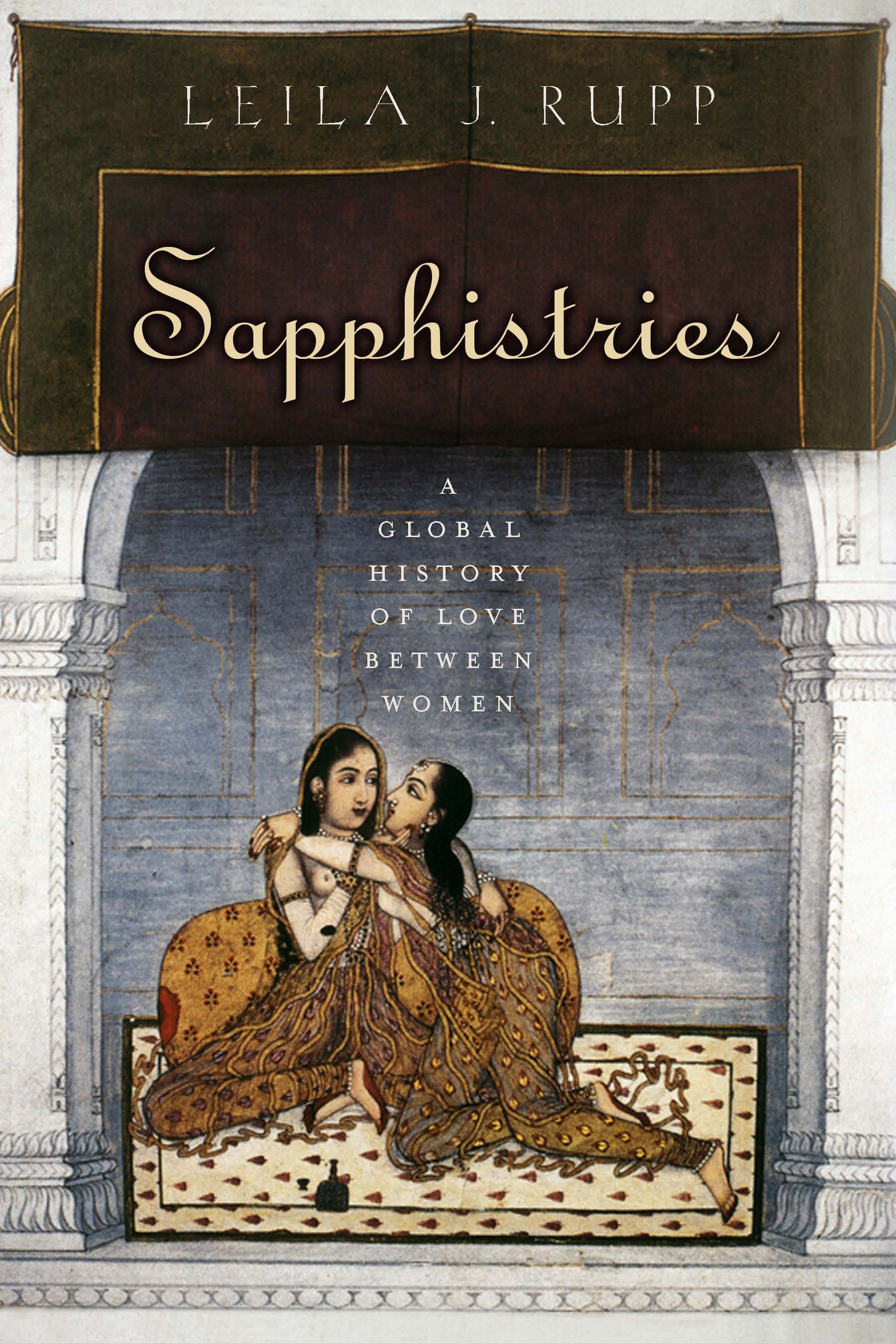
A History of Women Loving Women
From the ancient poet Sappho to tombois in contemporary Indonesia, women throughout history and around the globe have desired, loved, and had sex with other women. A new book by Leila J. Rupp, a professor of feminist studies at UC Santa Barbara, shares their stories and captures the many ways that diverse societies have shaped female same-sex sexuality across time and place.
In "Sapphistries: A Global History of Love Between Women" (New York University Press, 2009), Rupp reveals how, from the time of the very earliest societies, the possibility of love between women has been known, even when it was feared, ignored, or denied. "This book is the first attempt to give a sweeping history to what many people probably think is a recent phenomenon," said Rupp, who is also Associate Dean of Social Sciences at UCSB. "What may be most surprising is that this is not a triumphant story of progress. In places and times throughout history, love between women has been tolerated or even accepted."
She added that all the many ways that women have loved women –– as co-wives, in sex-segregated spaces, through gender-crossing, as friends, as married couples, secretly –– can still be found in many places.
The book examines the love relationships of women in convents and harems, on the streets of London and Amsterdam, in the aristocratic circles of Paris, and in the factories of Shanghai. Rupp's stories include women's desire and love for women as it appears in lesbian bars and clubs from 1920's Berlin to 1950's Buffalo; and she notes the differences in the 21st century, as transnational concepts and lesbian identities meet local understandings of how two women might love each other.
"Women have loved women in different societies in myriad ways," she explained. "Because in most times and places women had little choice but to marry men and bear children, sometimes what they did with each other was of no importance."
What people found most threatening, she noted, was female masculinity and independence from male control.
"Learning about the different contexts in which marriage between two women has happened –– and been accepted –– throughout history puts a whole new perspective on the current debate about same-sex marriage," Rupp said. "In different times and places, women have married each other and the walls did not come tumbling down."
Examples from Rupp's book prove her point. Among them are an English clergyman who in 1737 married a couple despite his suspicion that the groom was a woman; a much-admired 19th-century Shakespearean actress named Charlotte Cushman, who lived in Rome and was quite public about her marriage to a woman sculptor; women employed in the silk industry in the Guangdong province of China from the early 1800's to the early 1900's, who became "sworn sisters," refused to marry men, and performed marriage ceremonies of sorts when two members formed a deep attachment; and Geeta, a woman living in a very poor rural region of India, who left her abusive husband in the 1990's to marry a woman she met at a residential school run by a women's organization.
"There is nothing so revolutionary about same-sex marriage," said Rupp. "I hope that knowing about a long history will give people a different perspective on contemporary lesbian relationships."
Rupp will sign copies of "Sapphistries: A Global History of Love Between Women" on Thursday, January 21, at 7 p.m. at Chaucer's Books, 3321 State St.
Related Links



